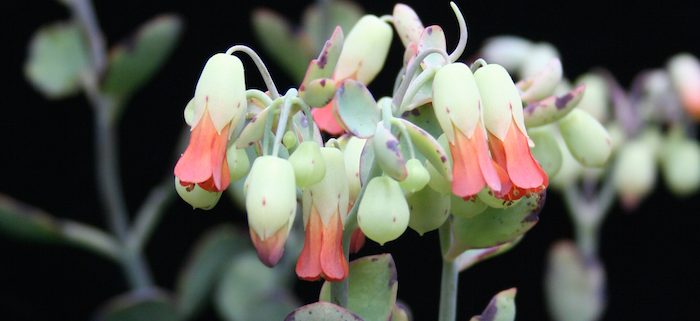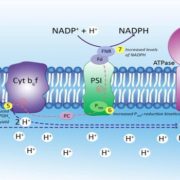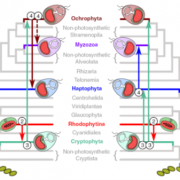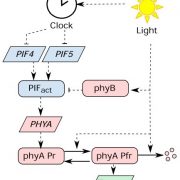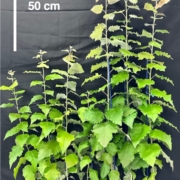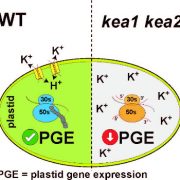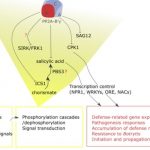Breaking Water-wise Photosynthesis
Boxall et al. explore the effects of silencing phosphoenolpyruvate carboxylase in a Crassulacean acid metabolism species. Plant Cell https://doi.org/10.1105/tpc.19.00481
By Susie Boxall and James Hartwell
Background: Severe droughts and high temperatures are becoming more frequent due to climate change, making it increasingly challenging to grow crops productively in many major agricultural regions worldwide. Scientists are therefore exploring new ways to enhance the ability of crop species to conserve precious water. One potential solution relates to a water-wise version of photosynthesis known as Crassulacean acid metabolism (CAM). CAM plants capture CO2 from the atmosphere at night, when the air is cooler and holds more moisture. This means that they only need to open their leaf or stem pores at night, so they don’t lose as much water as all of the other plants that open their pores in the heat of the day.
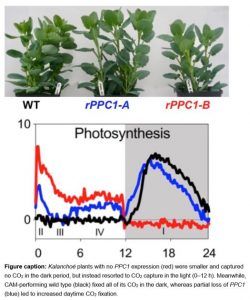 Question: To capture CO2 when it’s dark, CAM plants use an enzyme called phosphenolpyruvate carboxylase (PPC). We set out to discover what happens to the Madagascan CAM plant Kalanchoë laxiflora (Milky Widow’s Thrill) when it is no longer able to use PPC to capture CO2 at night.
Question: To capture CO2 when it’s dark, CAM plants use an enzyme called phosphenolpyruvate carboxylase (PPC). We set out to discover what happens to the Madagascan CAM plant Kalanchoë laxiflora (Milky Widow’s Thrill) when it is no longer able to use PPC to capture CO2 at night.
Findings: We discovered that Kalanchoë went back to using the original form of photosynthesis used by most plants (known as C3) when it didn’t have PPC1. CO2 was captured from the air during the hot, dry day, and so the leaves lost more water. Importantly, these PPC1-silenced plants didn’t perform as well as fully functional Kalanchoës during drought stress. This allowed us to quantify the advantage that Kalanchoë has gained by evolving CAM photosynthesis. We also discovered that other key aspects of Kalanchoë’s biology changed without PPC1 working the night shift. In particular, the functioning of genes that keep time in the plant’s internal clock, and several involved in opening and closing of the leaf pores, changed in ways that open up new questions for future research.
Next steps: Our discoveries define how much PPC we need to switch on in a C3 crop like soybean so that it can use CAM and save water. In addition, further work in Kalanchoë will allow us to explore the functions of the other genes whose expression changed when PPC1 was switched off.
Susanna F. Boxall, Nirja Kadu, Louisa V. Dever, Jana Kneřová, Jade L. Waller, Peter J. D. Gould and James Hartwell (2020). Kalanchoë PPC1 is Essential for Crassulacean Acid Metabolism and the Regulation of Core Circadian Clock and Guard Cell Signaling Genes. Plant Cell DOI: https://doi.org/10.1105/tpc.19.00481


